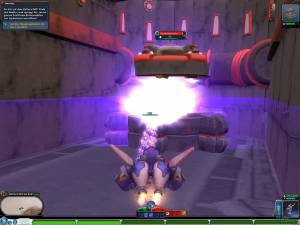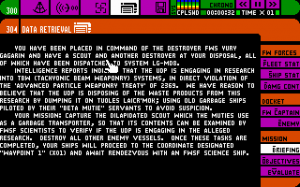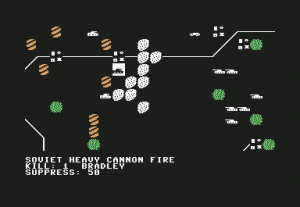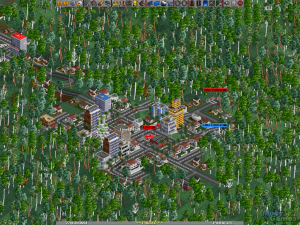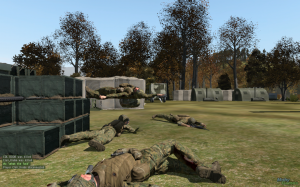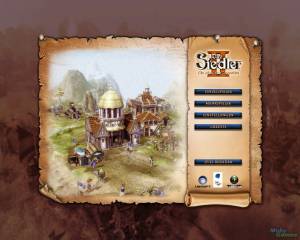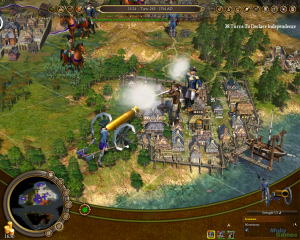Game Classification
Metaplace Metaplace, Metaplace, 2009
Classification
VIDEO GAMEKeywords
Market
This title is used by the following domains:- Entertainment
Audience
This title targets the following audience:Age : 12 to 16 years old / 17 to 25 years old
General Public
Gameplay
The gameplay of this title is Game-based(designed with stated goals)
The core of gameplay is defined by the rules below:
Similar games
 Metaplace was a massively multi-player online project assembled around one central tool: a quite complex virtual world builder written in Flash. This tool was embedded within a social network where people, after a free sign-up and besides building their very own world, could create an avatar and travel the worlds of other players, commenting and rating them in the process, socialize with other players, and of course, play games. While doing so, every action would gain the player some experience points and virtual currency that could be spent for fancier clothing for the avatar or additional objects for the player's world, just to give two examples. Of course, as Metaplace was a commercial project, real world money could be exchanged for in-game currency, and a VIP membership was available that offered a constant stream of income and additional content.
Metaplace was a massively multi-player online project assembled around one central tool: a quite complex virtual world builder written in Flash. This tool was embedded within a social network where people, after a free sign-up and besides building their very own world, could create an avatar and travel the worlds of other players, commenting and rating them in the process, socialize with other players, and of course, play games. While doing so, every action would gain the player some experience points and virtual currency that could be spent for fancier clothing for the avatar or additional objects for the player's world, just to give two examples. Of course, as Metaplace was a commercial project, real world money could be exchanged for in-game currency, and a VIP membership was available that offered a constant stream of income and additional content.
The game world tracked three basic fields of action in which the player's avatar would gain experience points for:
Building
The virtual world building tool of Metaplace offered numerous options that enabled the players to create worlds completely different from each other. The basic size-adjustable terrain available could be raised and lowered as the player saw fit, then floored with all kinds of tiles, and populated with buildings and a wide array of other objects both alive and dead, originating from nature, space, mankind, or whatever. It was even possible to import self-created content into the system. With all these options, lush southern islands could be created, stony extraterrestrial wastes on far away planets, residential areas at the peak of civilization, the player's personal nightmare, or nearly everything in between and off these. Furthermore, the player could place gates in his/her world linking to other player's worlds, a simple feat to amplify the feel of a social network.
Even more important than the great variety of the available building content were the advanced features of the world editor, features that could add interactivity to the otherwise passive rooms, thus turning them into a small video game at best. For instance, any object could be assigned a wide variety of properties so when a visitor clicked on it, it would play an MP3 or video file, throw a text message or even a dialogue tree at the visitor, would run away, attack the player, produce a constant stream of birds, or whatnot.
Socializing
Metaplace offered all the bells and whistles of a modern graphical online community. Players could chat and make friends with each other, present themselves on their profile, play small two-player games, or even throw snowballs and tomatoes at each other.
Exploring
Experience points were also granted for just exploring the virtual worlds offered by others and do the things presented there. The starting point of many players was the official content designed by the developers. These rooms were specifically built to show the advanced features of the world builder, and to provide a single stop for socializing, playing games and altering one's avatar.
Metaplace was shut down effective January 1, 2010, due to "not gaining enough traction to be a viable product", as the publisher put it. [source:mobygames]
Distribution : Retail - Commercial
Platform(s) : Browser (Flash)
 Français
Français English
English








